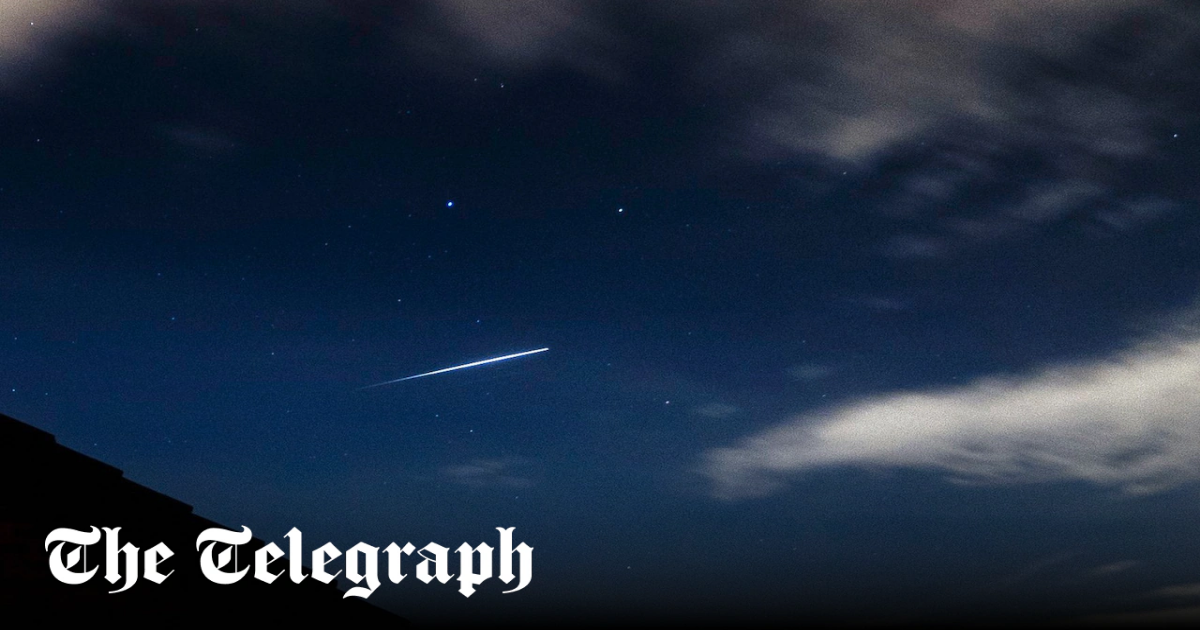The Lyrids will be visible throughout Britain.
“The Lyrids are visible from most of the world but they are best seen from the Northern Hemisphere,” said Dr Balaji. “Southern Hemisphere viewers can still catch some meteors, though the visibility there is less.
“While they’re usually modest – about 10–20 meteors per hour at the peak – they occasionally produce meteor outbursts, with up to 100 meteors per hour.
“Lyrid meteors are known for being bright and fast, often leaving glowing trails in the sky that linger for a few seconds.”
What time should I look?
Experts recommend looking for the meteor shower in the early hours of the morning.
“Meteor showers typically have the highest rates in the early hours of the morning but can be seen any time the sky is dark,” said Dr Sam Rolfe, an astronomer at the University of Hertfordshire.
“Dark sky locations around the UK would provide the best skies but a garden or local park is also fine. The Moon doesn’t rise until around 3am, so the naturally dark skies will make for good meteor shower viewing.
“At the height of the shower, observers can expect to see up to 18 meteors per hour but this is dependent on the density of the debris cloud and the artificial light pollution levels at the site of observation as fainter meteors are less likely to be spotted in areas with artificial light pollution.”
Do I need any equipment?
No specialist equipment is required to view the Lyrids, according to Dr Robert Massey, deputy executive director of the Royal Astronomical Society.
“The good thing about a meteor shower – and the Lyrids are no exception – is that you don’t need any special equipment,” he said.
“The best equipment is just your eyes, looking up at the sky. Now in this particularly case, the radiant – the point of the sky they appear to come from – is in the constellation of Lyra, near the bright star Vega, part of the Summer Triangle.”
